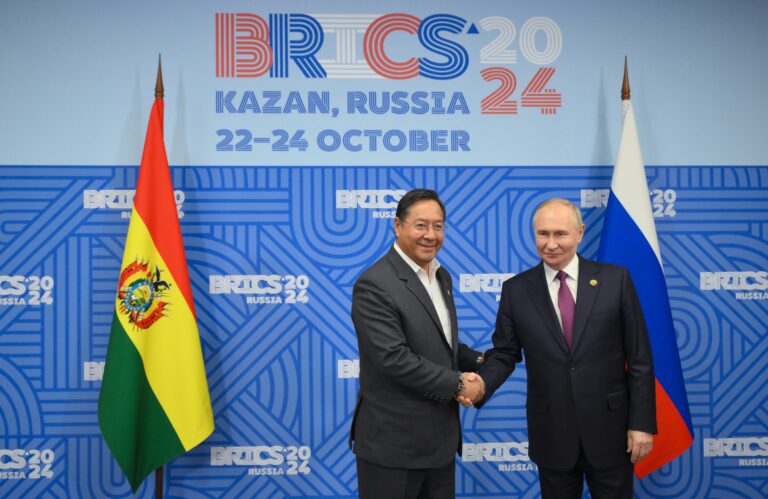Iran’s automotive industry has long been a pillar of its economy, contributing around 10% to the nation’s GDP and employing 4% of its workforce. Now, the country is poised to revolutionize this sector with a strategic pivot toward electric vehicles (EVs), positioning itself as a competitive player in the global EV market. This transition holds significant implications not only for Iran’s economic landscape but also for its relations with BRICS nations, where technological innovation and sustainable development remain key priorities.
Iran’s EV ambitions are supported by several key factors, starting with its burgeoning automotive market, which is projected to grow at a compound annual growth rate (CAGR) of 9.57%, reaching USD 59.93 billion by 2029. With dominant domestic manufacturers such as IKCO and SAIPA producing 94% of Iran’s vehicles, there is substantial potential for these companies to pivot toward EV production. Notably, the government has announced plans to collaborate with knowledge-based companies to produce domestically designed EVs by 2025.
A game-changer in this endeavor is Iran’s recent identification of lithium reserves, estimated at 8.5 million metric tons—the second largest globally. This resource is critical for battery production, giving Iran a cost advantage in EV manufacturing and an opportunity to integrate itself into the global EV supply chain. Additionally, Iran plans to introduce 10,000 EVs into its public transport fleet by 2025, signaling strong domestic demand and government support for the sector.
The global EV market is on an upward trajectory, with EVs projected to constitute two-thirds of new car sales by 2030. Iran’s ability to offer cost-effective EVs, powered by its vast lithium reserves, positions it to compete with established players such as China, Europe, and the United States. While challenges such as sanctions and infrastructure deficits remain, Iran’s focus on local innovation and regional partnerships could help it carve out a niche in emerging markets, particularly in Asia and Africa.
Iran’s EV ambitions align well with the sustainability and economic diversification goals of BRICS nations. As a recent member of the BRICS+ framework, Iran could leverage partnerships with China and India, two of the largest EV markets globally, to enhance technology transfer, co-investment, and export opportunities. Russia, which shares a focus on technological advancements, could also emerge as a collaborator in battery technology and EV infrastructure.
For BRICS, integrating Iran’s EV industry into its broader economic strategies could foster intra-bloc trade, reduce dependency on Western markets, and enhance the bloc’s collective bargaining power in global trade negotiations. Moreover, Iran’s growing EV sector could be a template for other BRICS+ nations to transition toward greener economies.
Iran’s electric vehicle industry holds immense potential to not only transform its domestic economy but also redefine its position on the global stage. By leveraging its natural resources, fostering innovation, and engaging in strategic partnerships within the BRICS framework, Iran could emerge as a formidable player in the global EV market. This progress, in turn, would strengthen BRICS cooperation, demonstrating the bloc’s capacity to lead sustainable industrial growth in the 21st century.





